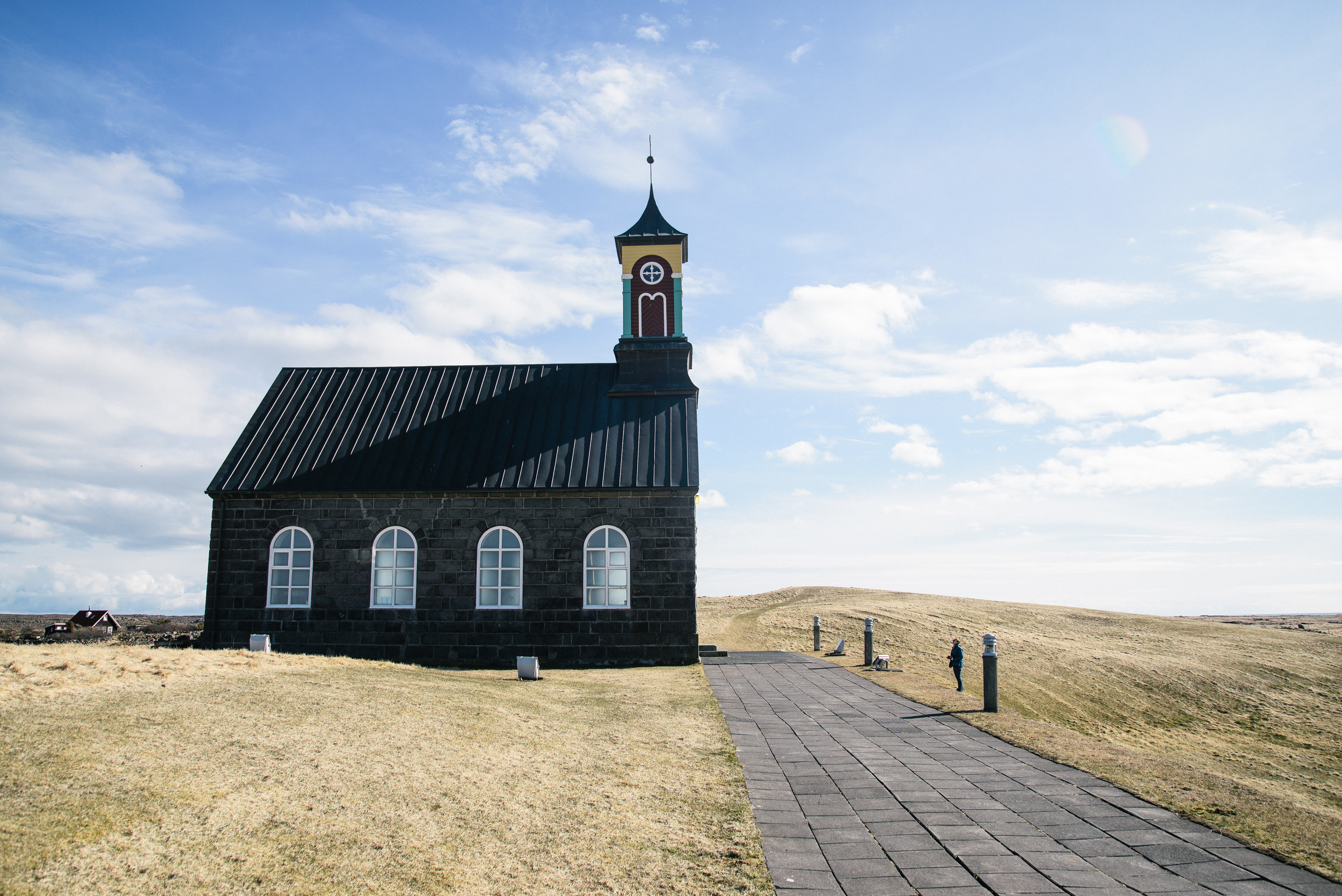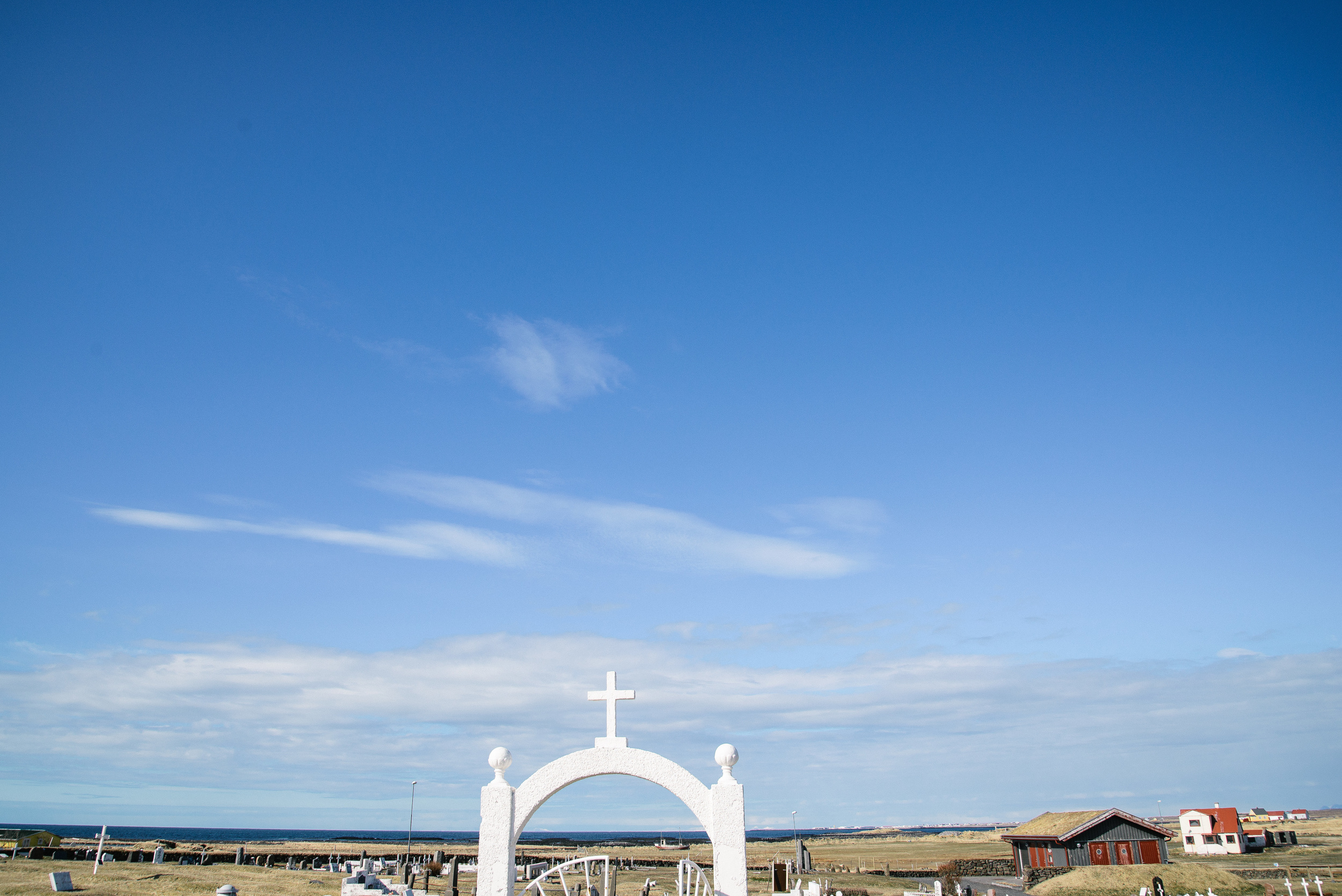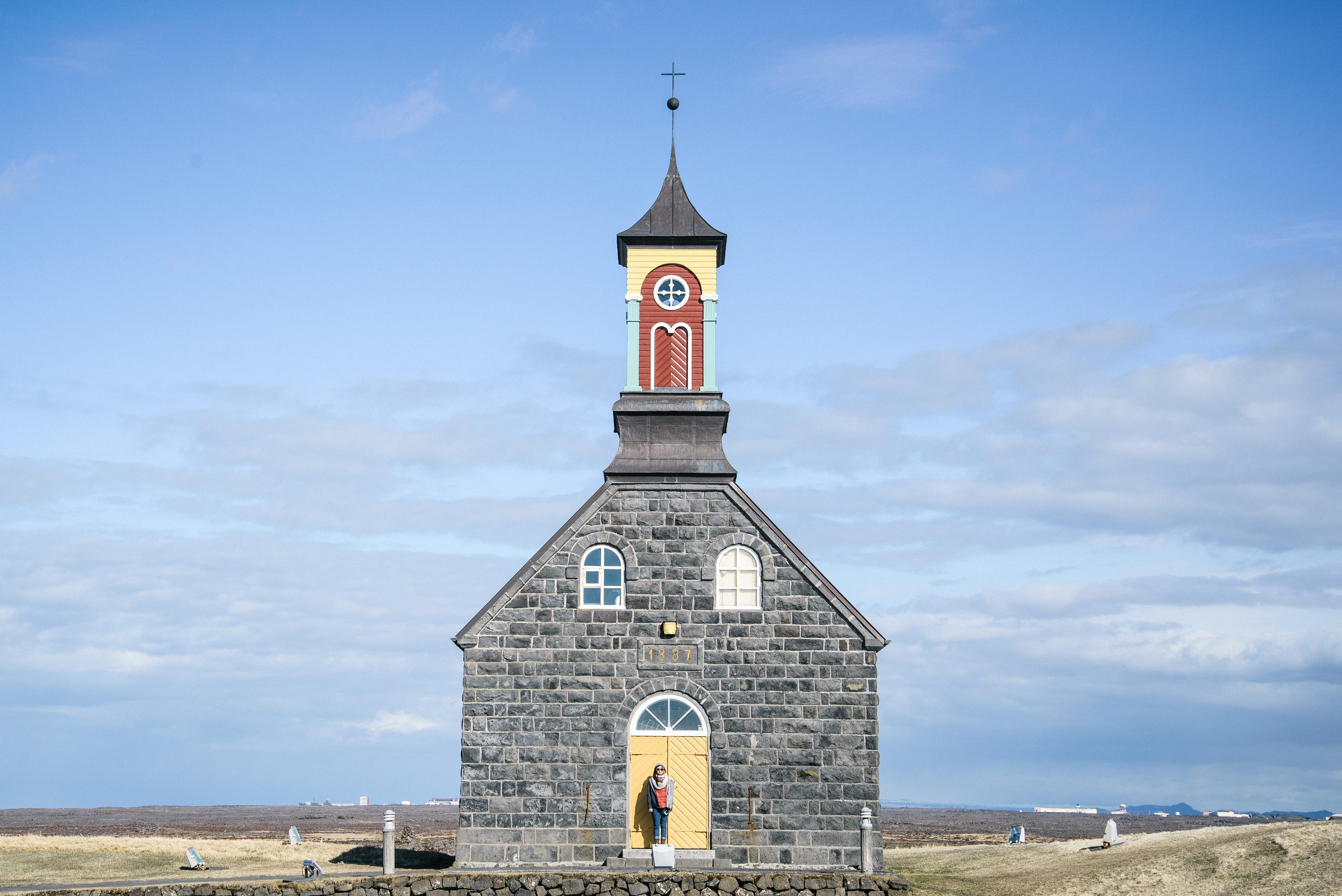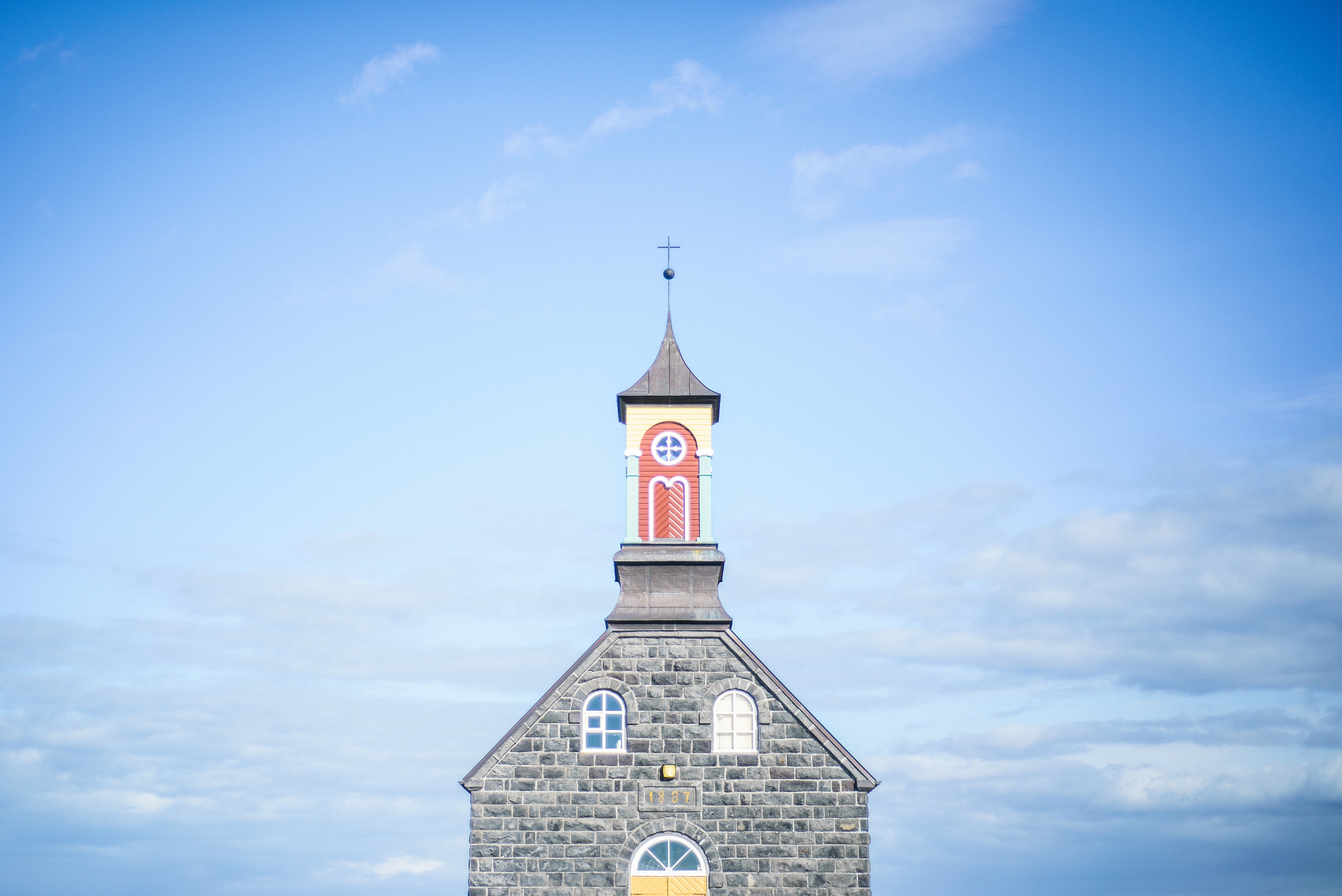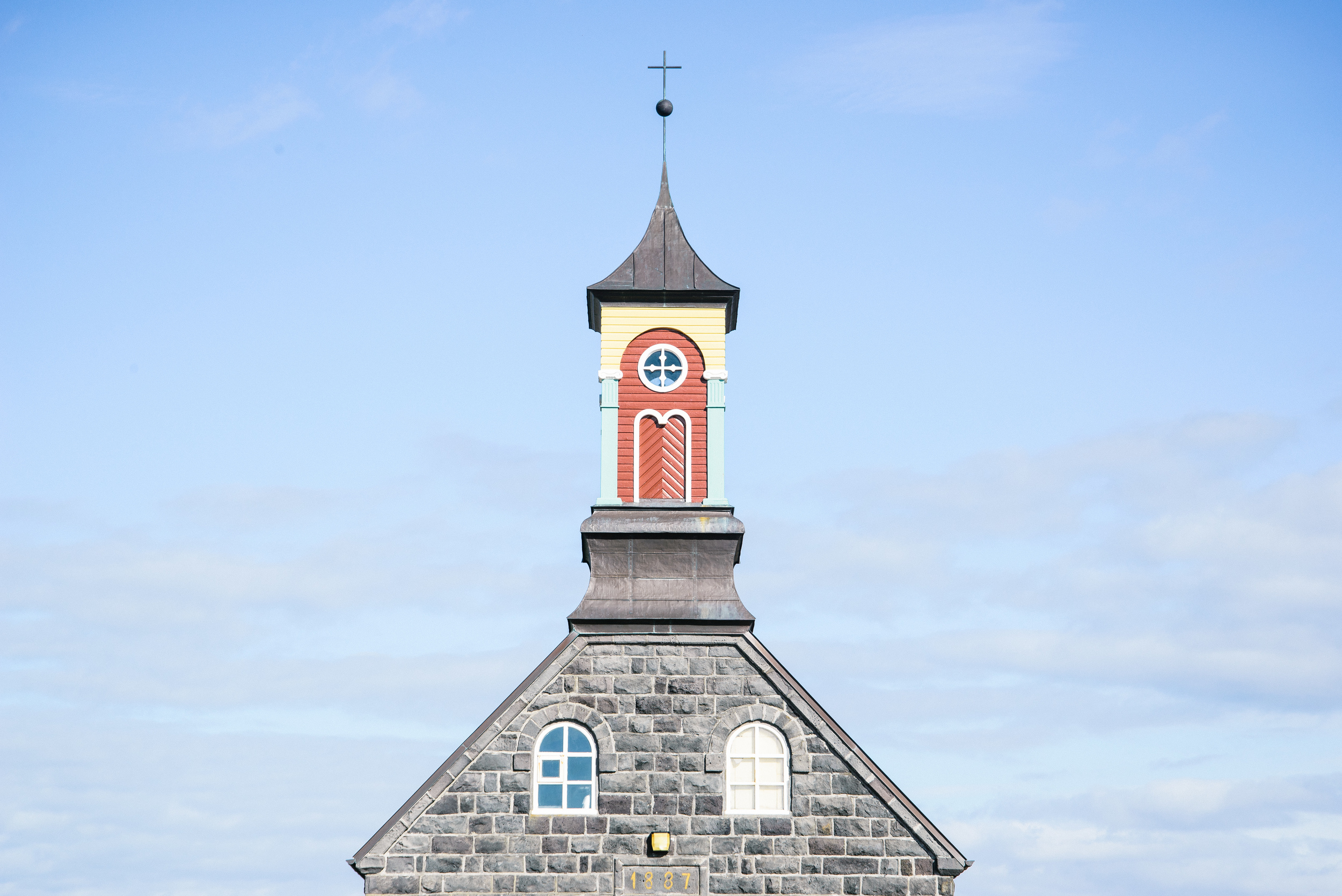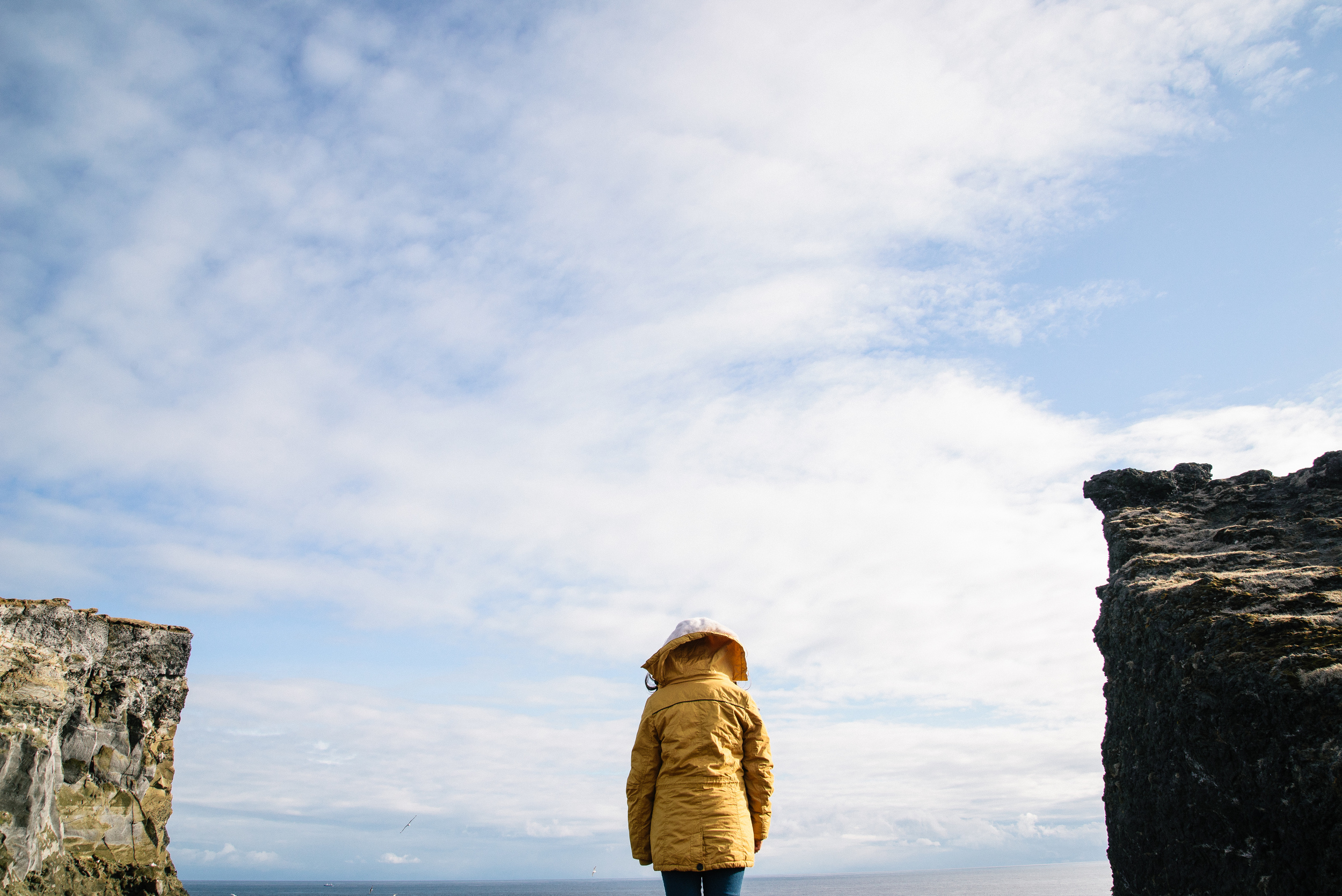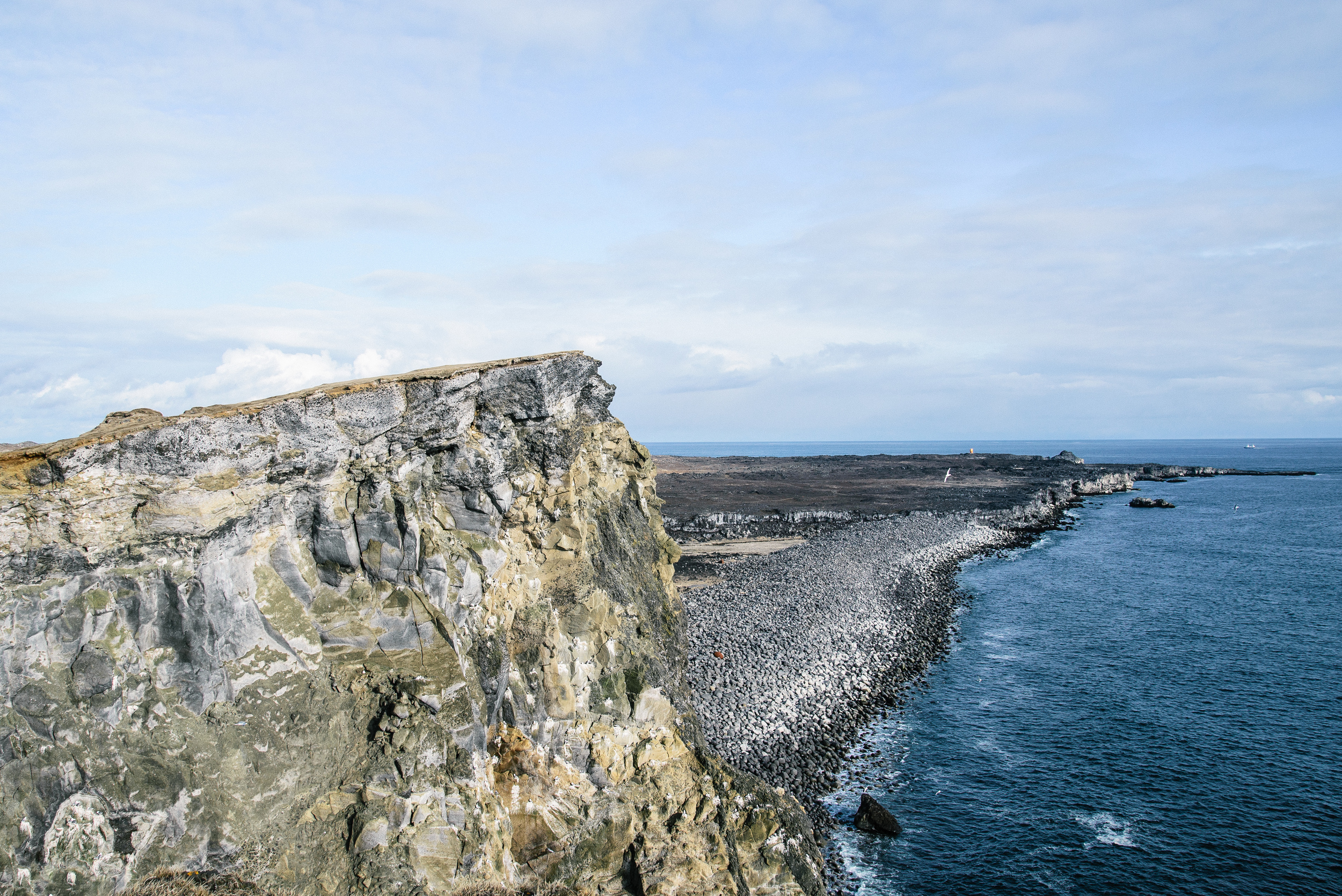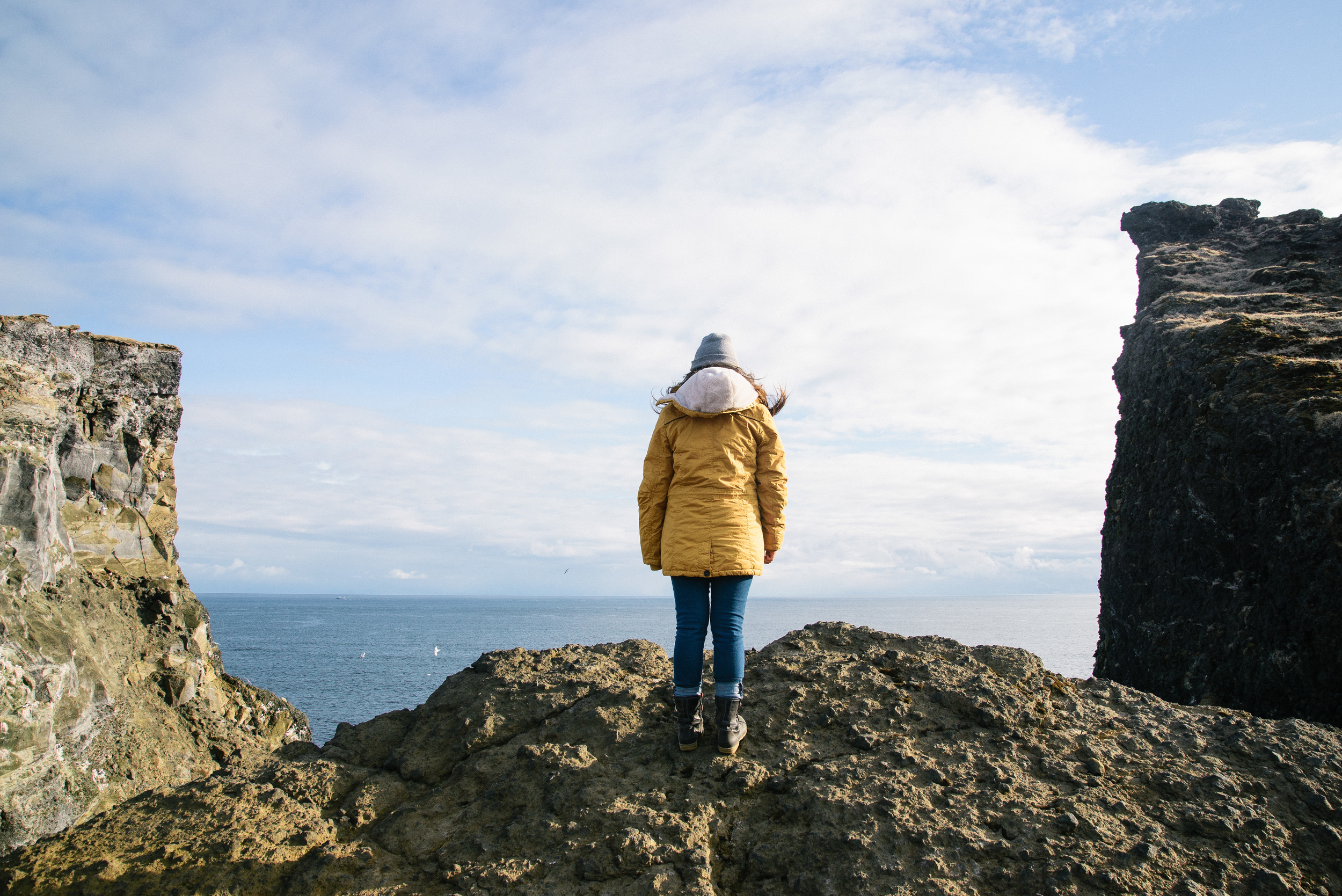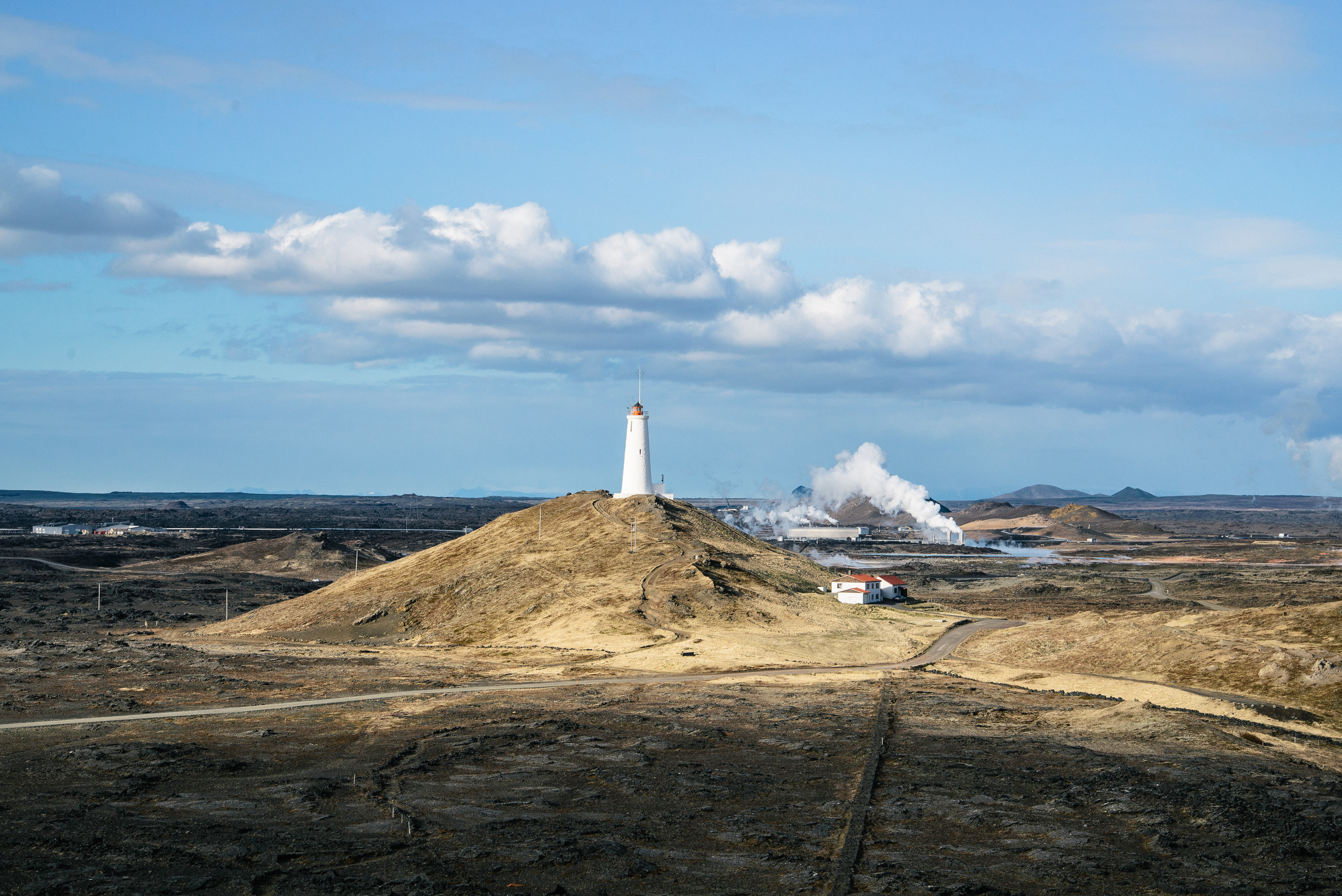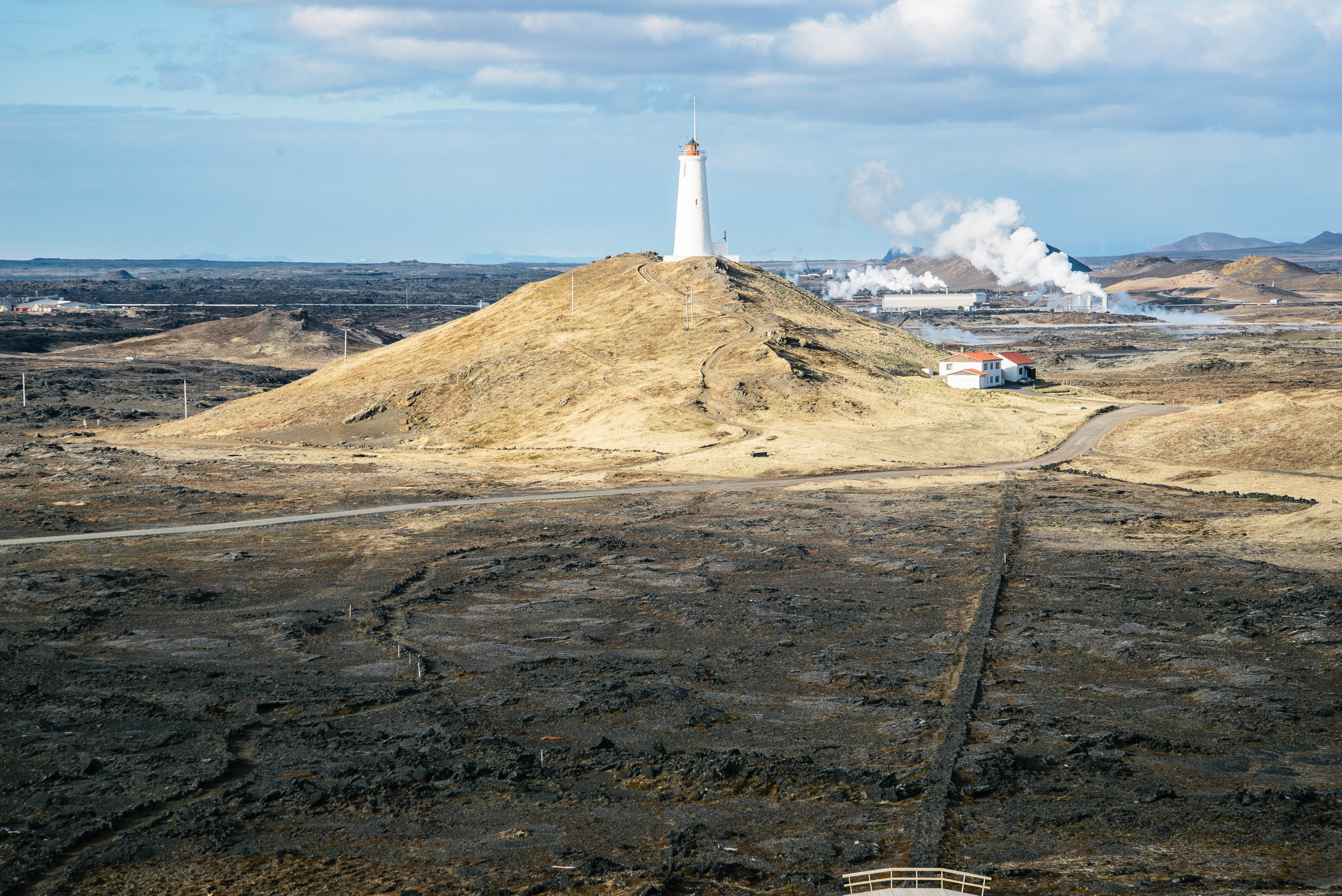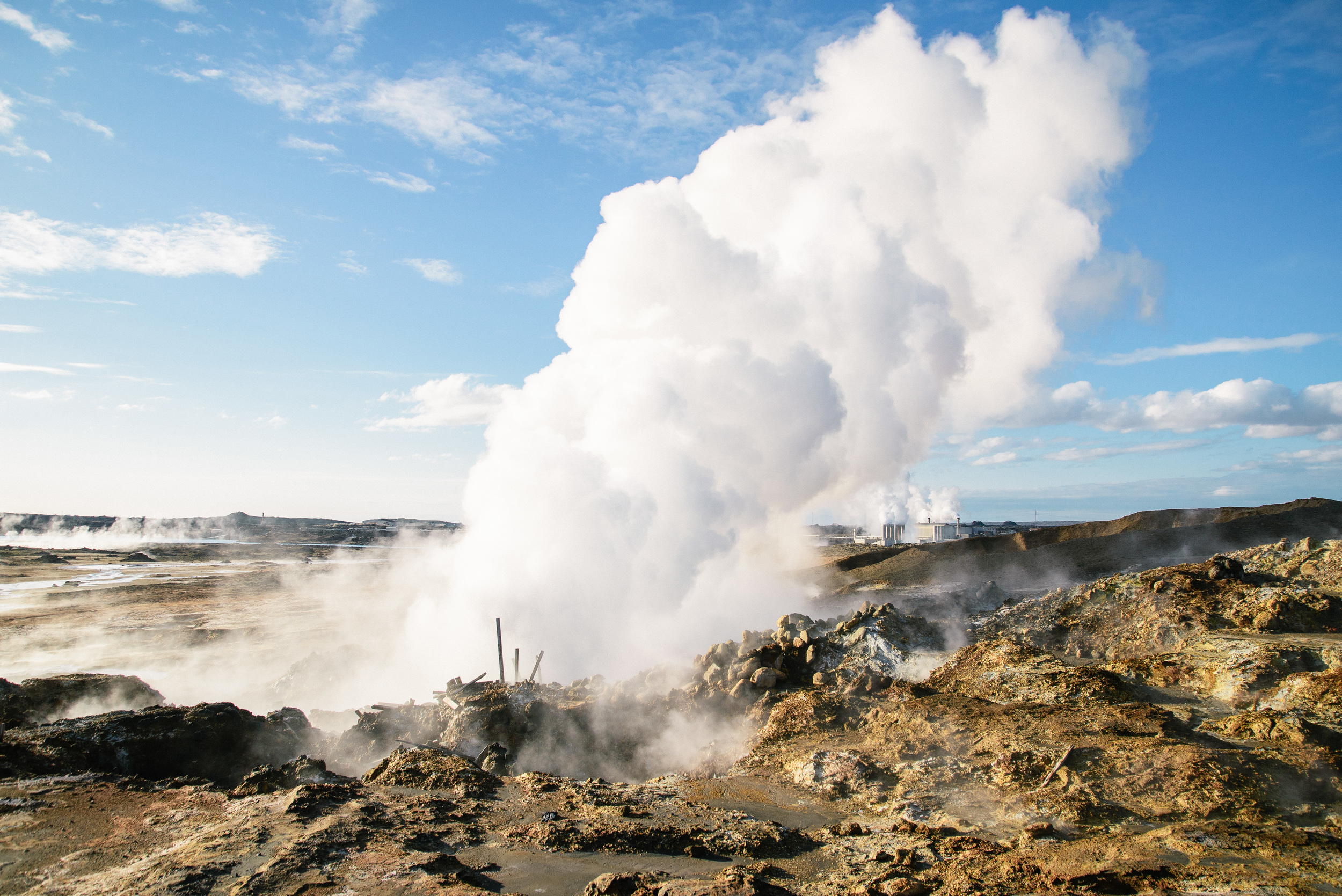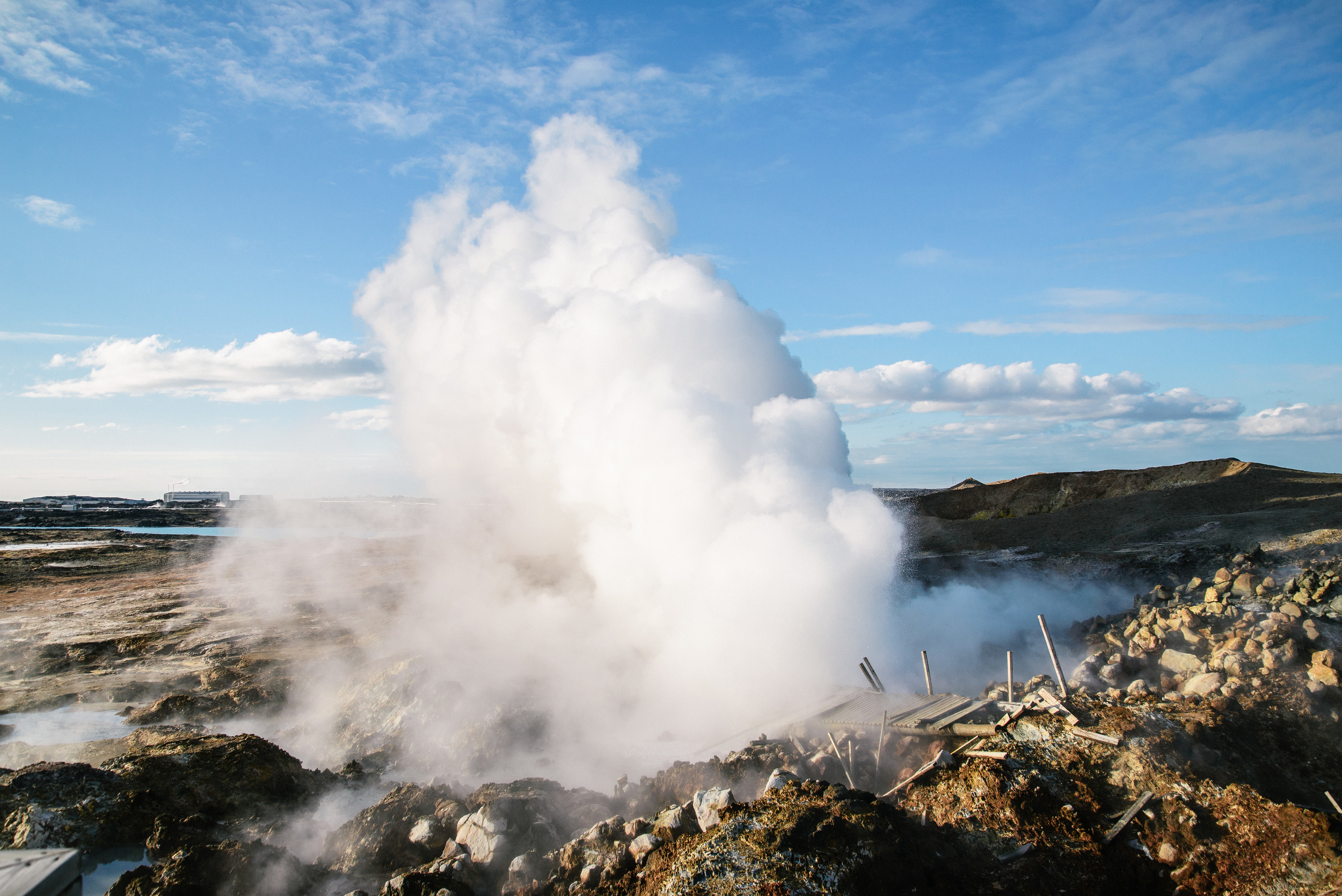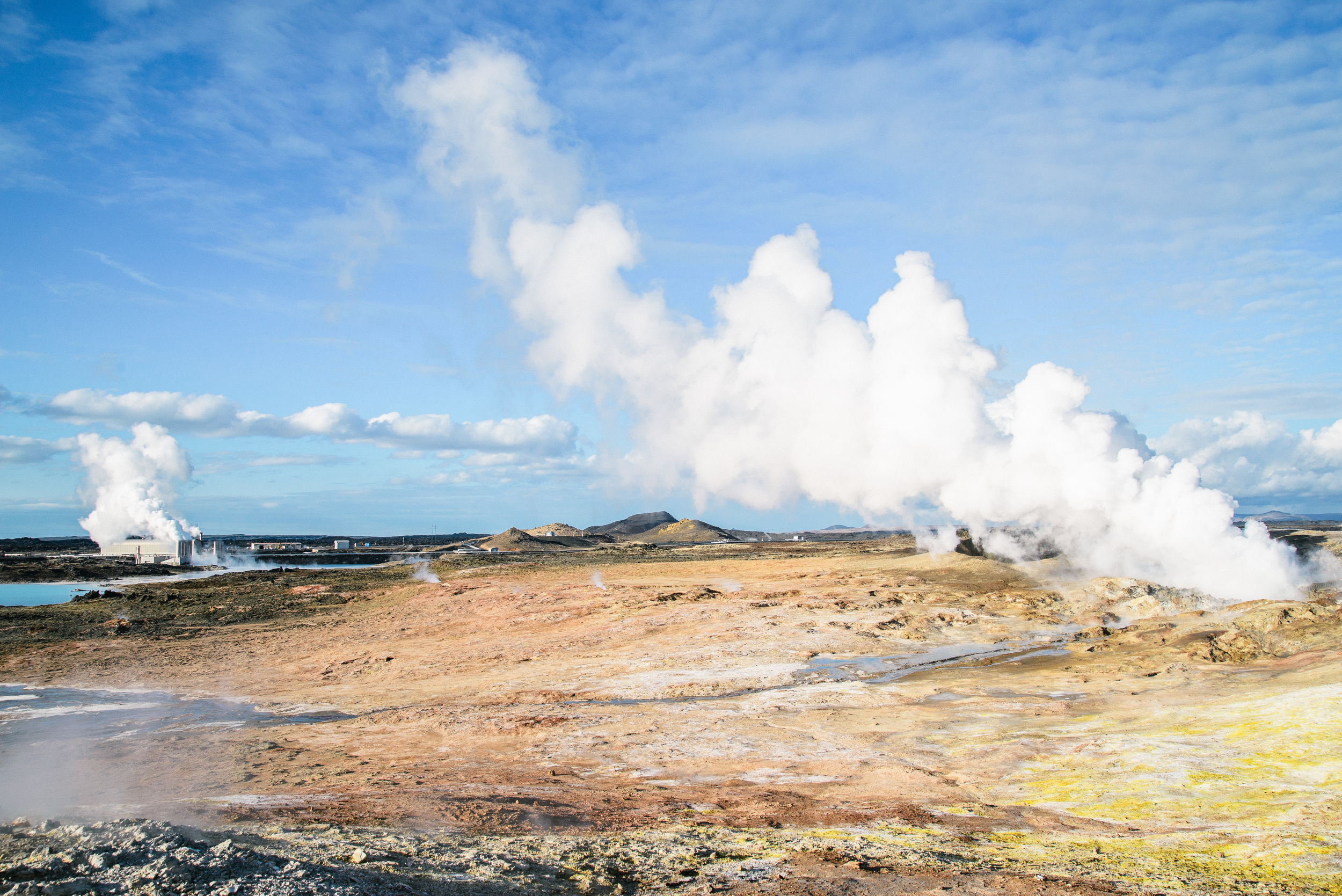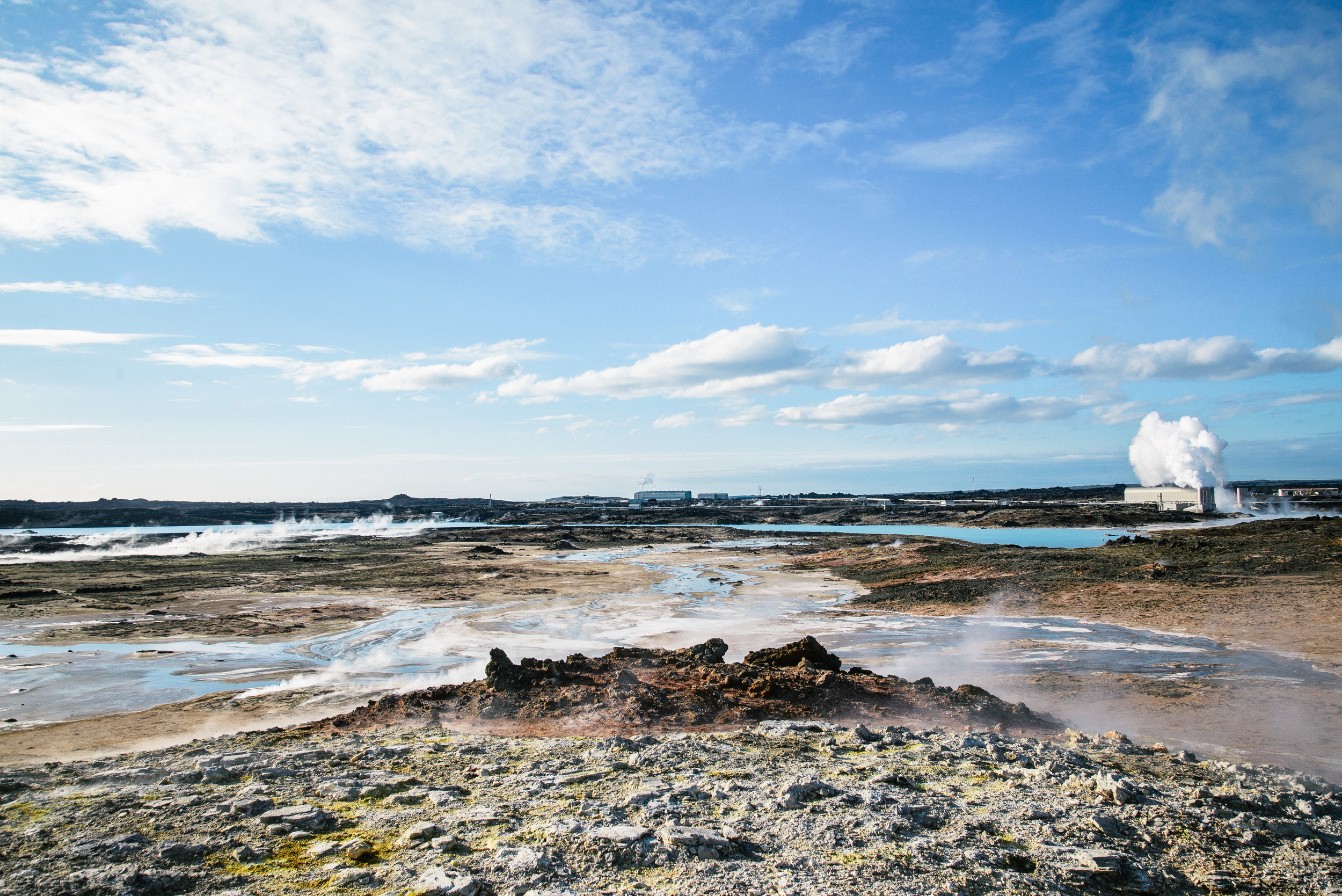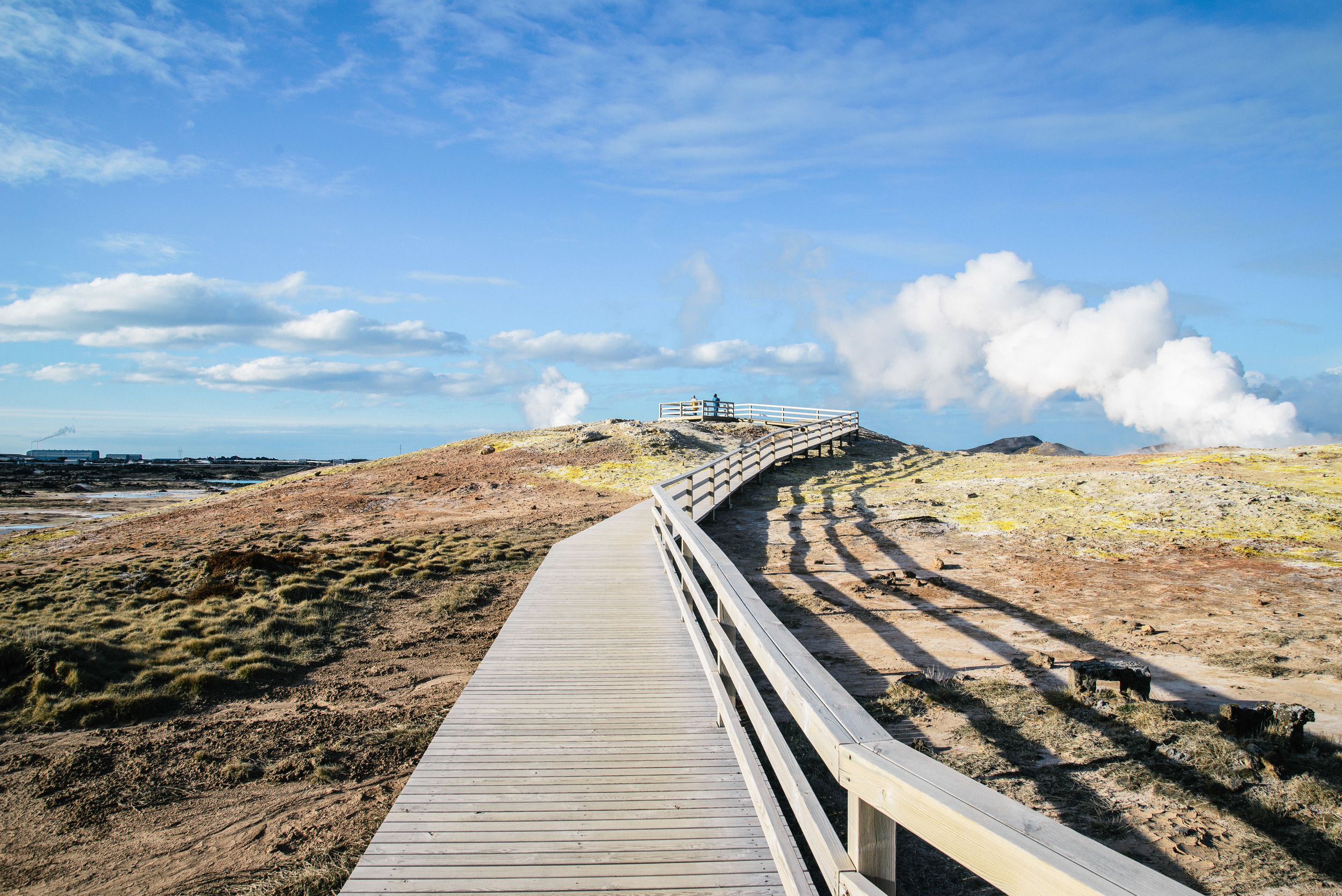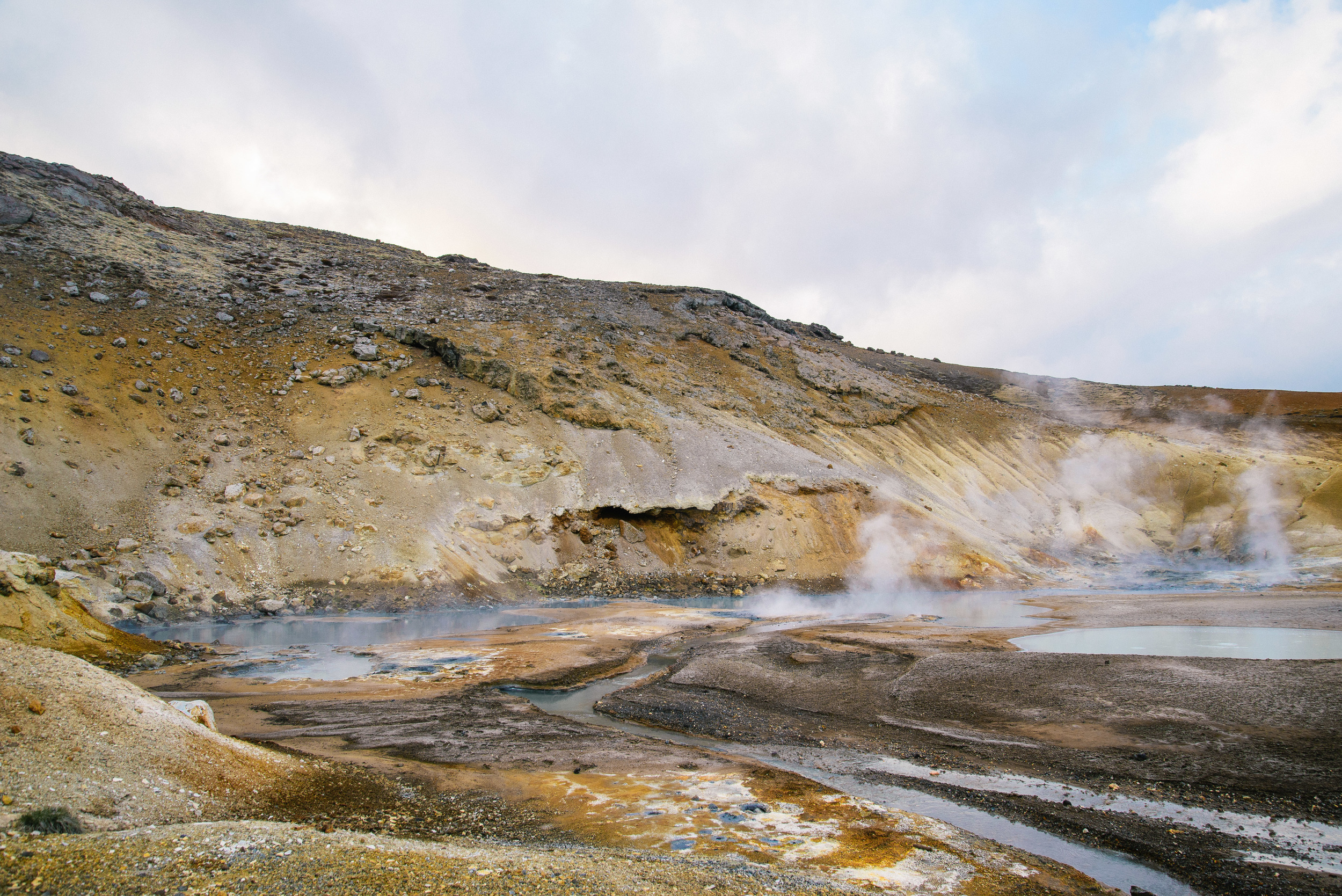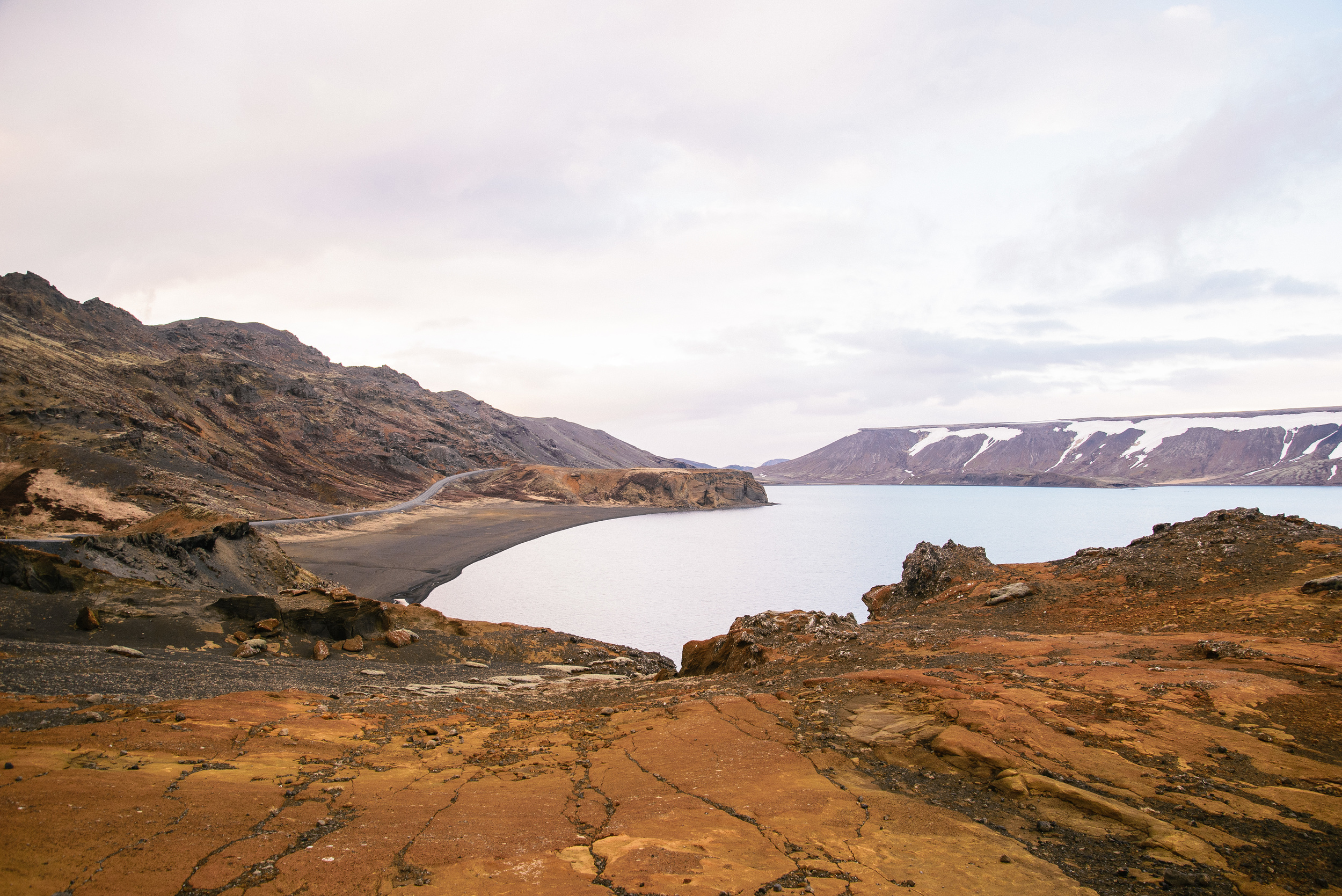.
I love Icelandic winters, especially when the snow starts falling, the four wheel drive is needed and we begin our long, drawn out battle with the forces of nature. But around January, one starts to long for the sun to stay a while longer, to feel just the faintest bit warmth on the face and to be able to get out and explore the Icelandic nature without needing extreme cold weather gear. Spring is often not keen to come, or makes an appearance before disappearing again, like a mysterious old friend with commitment issues.
So, as the snowstorms rage and the darkness persists, I thought I would share some posts of brighter summer days from last year.
As I recently waded though a backlog of around 2000 photos from last year, I began discovering memories and shots which I had forgotten about as my ageing laptop could not cope with the demand of an obsessive photographer.
First up are photos from a trip with friends around the Reykjanes Peninsula last May. This wide, almost rectangular piece of land appears to have been smuggled in from another planet. Usually overlooked by visitors rushing from the airport to Reykjavik in express buses, it is a sci-fi film-maker's dream of sparse, moon-like lava rock, steam rising from ethereal hot springs and neon blue waters surrounding futuristic looking geothermal power stations. Around its edges lie dramatic cliffs, obstinate rock stacks, majestic soaring seabirds, furious crashing waves and lonely lighthouses. Trees are so few you could probably count them on your two hands. And, to top it all it is intensely volcanically active, with a volatile tectonic plate boundary running down its centre.
As I have explored this area many times before I focussed my photographic attention on just a few locations that I had not photographed much before.
Firstly, the pretty Hvalsneskirkja, just outside the village of Sandgerði and just a few kilometers from Keflavik Airport. The church was built in 1887 and has a distinctively painted steeple in primary colours.
After stopping here and enjoying the sunshine for a while, we continued to the most South-Westerly point of Iceland at Reykjanesviti. There is a lighthouse here set back from the coast a little way on a hill, from which the traveller can enjoy great views across the Atlantic ocean. The wildness of the seas and rocks is beautiful, although strong winds can often mean you don't want to linger for too long...
Not far from Reykjanesviti lighthouse is the hot spring Gunnuhver, It is named after the troublesome ghost of a local woman called Gunna, who murdered someone she had a dispute with at her own funeral. She finally met her end when a priest laid a trap for her and pushed her into the geysir.
On the way back to Reykjavik, you can either relax for hours in the famous Blue Lagoon at Grindavik, or continue on the the Krysuvik geothermal area where you can witness boiling mud pools and sulphurous stream rising where the land is almost surrealistically brightly coloured, a result of all this restless geothermal activity. It really is other-wordly, and you feel a bit like this is a film-set, some kind of art installation rather than the incredible natural phenomenon it really is.
Just after Krýsuvík, on the way back to Reykjavík, is the brooding blue lake called Kleifarvatn. It is gradually shrinking, after a few volcanic fissures opened up across the lake at the turn of this century, but there's still enough water in there to make it an impressive, if not erie, place to visit.
The long straight road home takes you through Hafnarfjörður, a town full of character and built on a lava field and now part of the capital area.
For some of these and more photos of the Reykjanes Peninsula, please see this page on my website! http://www.nordicadventurer.com/reykjanes-peninsula/
Suggested itinerary for Reykjanes trip
-Start early by driving through the harbour area Hafnafjörður and stop at the wonderful hidden gem, Pallett, for coffee. It is run by former Icelandic Barista champion Pálmar Þór Hlöðvarsson, who I would argue makes the best coffee right now in Iceland.
-After your caffeine intake, drive towards Keflavík on the main airport road, but take a detour along the road marked "Vatnsleysuströnd" (literally "waterless beach"), and there is a picturesque church and some abandoned farmhouses which are great for photography. Re-join the main road by Vogar, and at Njarðvik, drive up the hill on the edge of town where you can walk a short distance to some incredible sea-cliffs with views back to Reykjavik.
-If you have time, check out Viking World in Njarðvík, a small museum containing an impressive replica viking ship.
-Grab some food at one of Keflavik´s many cafés or get something to take away and then drive to the little village of Garður, where there are two lighthouses to explore and many seabirds to watch.
-Continue around the end of the peninsula through Sandgerði, and stop at the pretty Hvalsneskirkja (see above).
-The road continues around the back of Keflavik Airport and head south and turn on to check out the "Bridge Between Continents", where you can walk across a fissure which marks the boundary of two tectonic plates, the North American and Eurasian.
-Continue down the road south and turn off to Reykjanesviti to see dramatic rock formations and roaring seas, and view the area where the last pair of Great Auks were sighted before it became extinct. Check out the hot spring Gunnuhver (see above).
-Head through the fishing village Grindavik, and either relax at the Blue Lagoon or continue around the coast a little longer and turn north at Krýsuvik, where you should stop at the Seltún geothermal area to see some incredible colours and bubbling mud pools (see above). Finally head back to Reykjavik past the beautifully haunting Kleifurvatn lake and back through Hafnafjörður.

